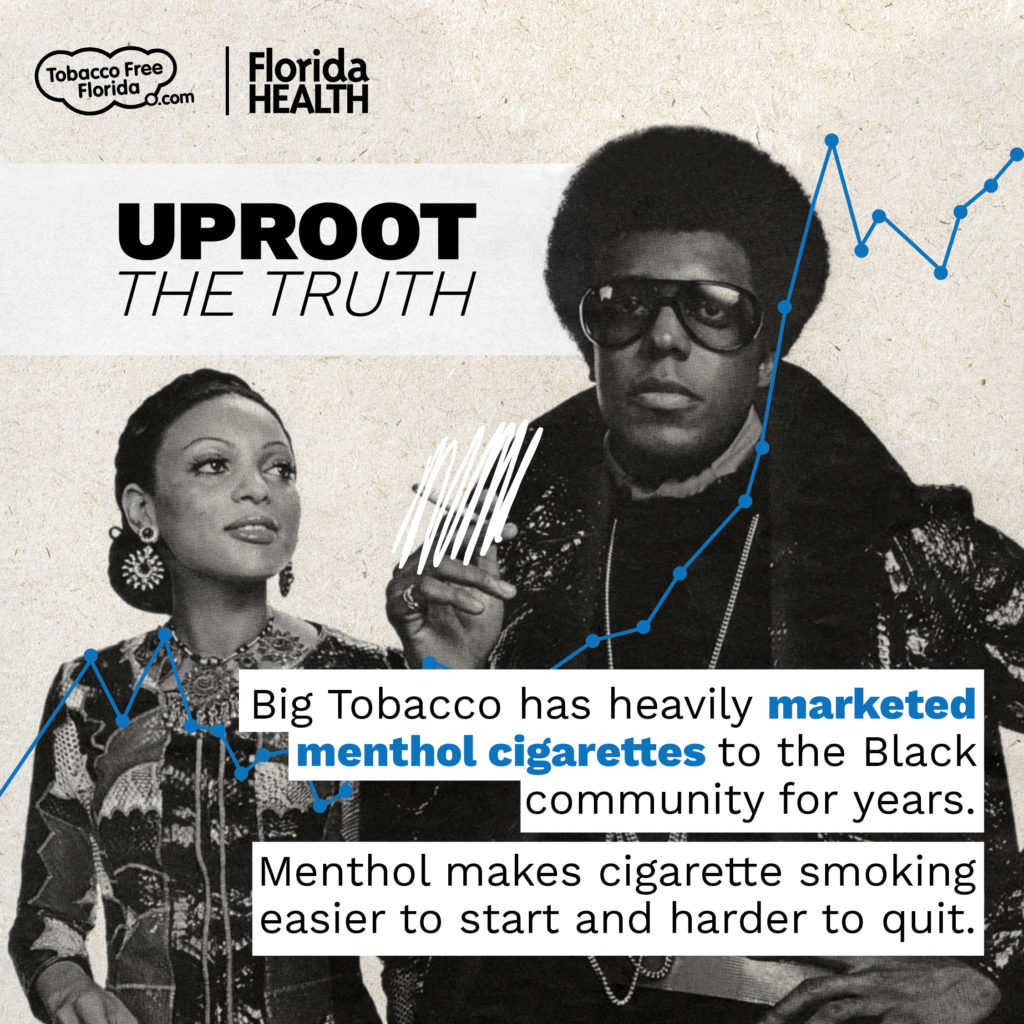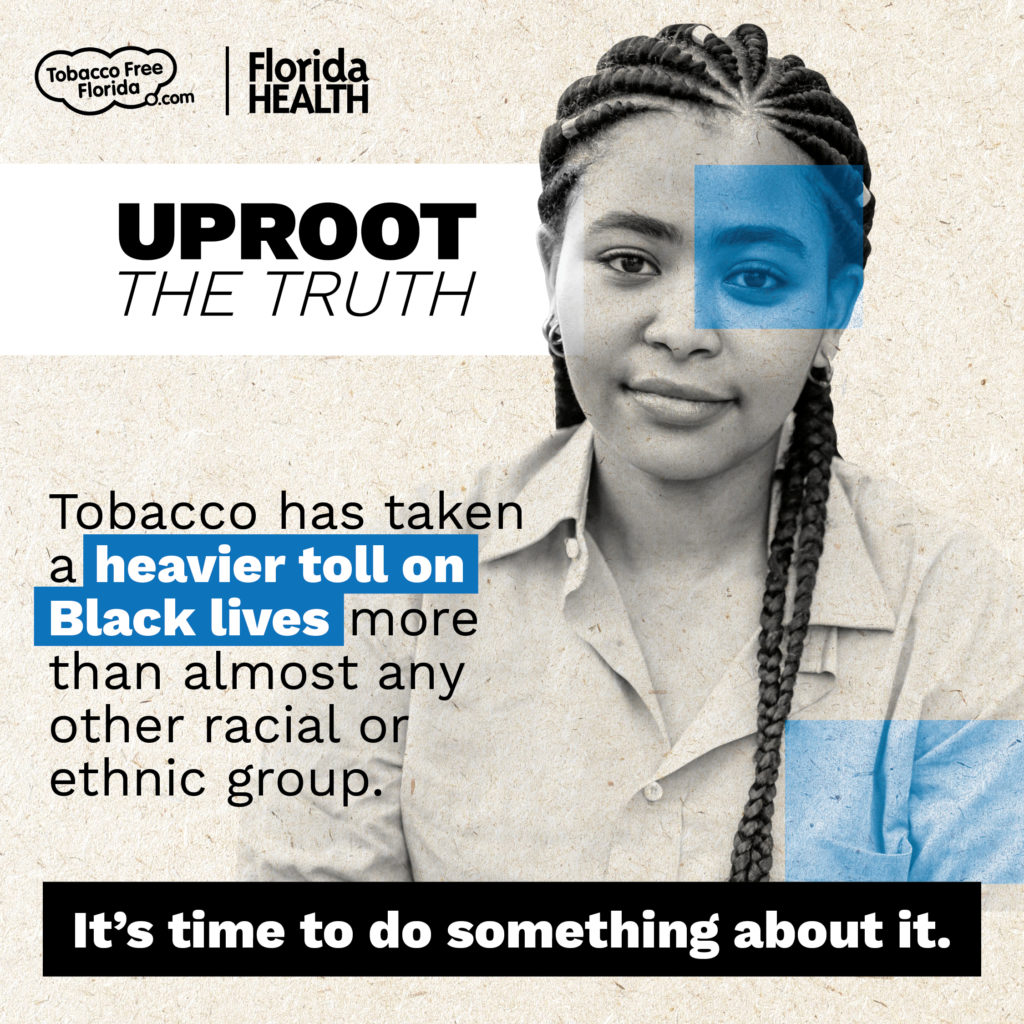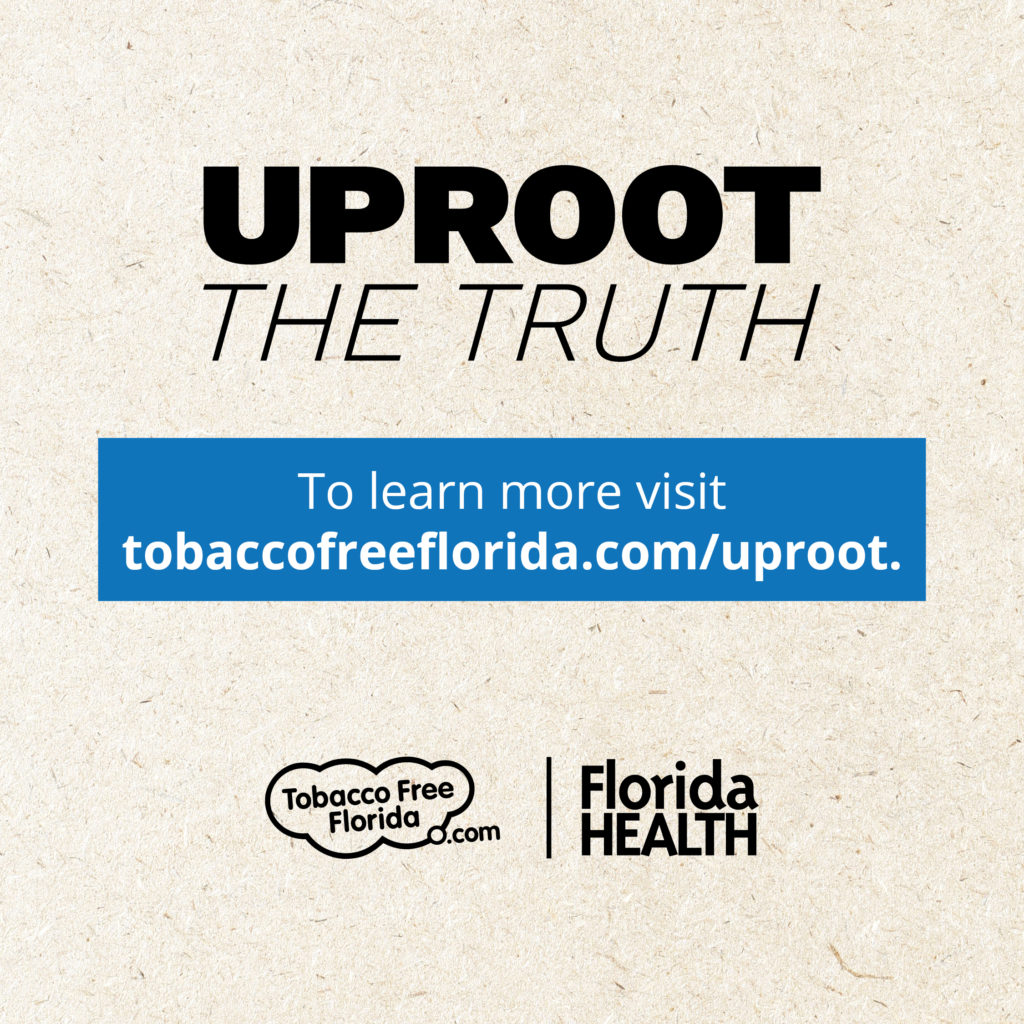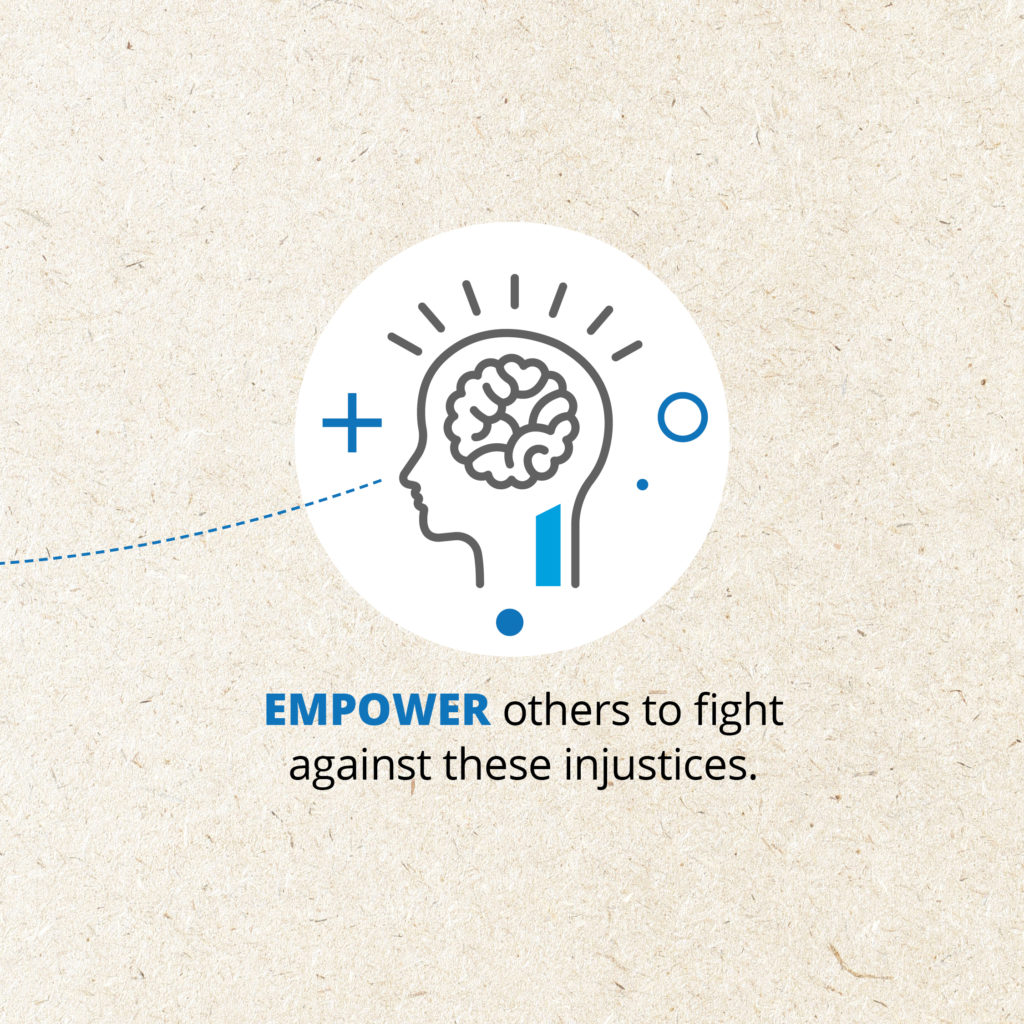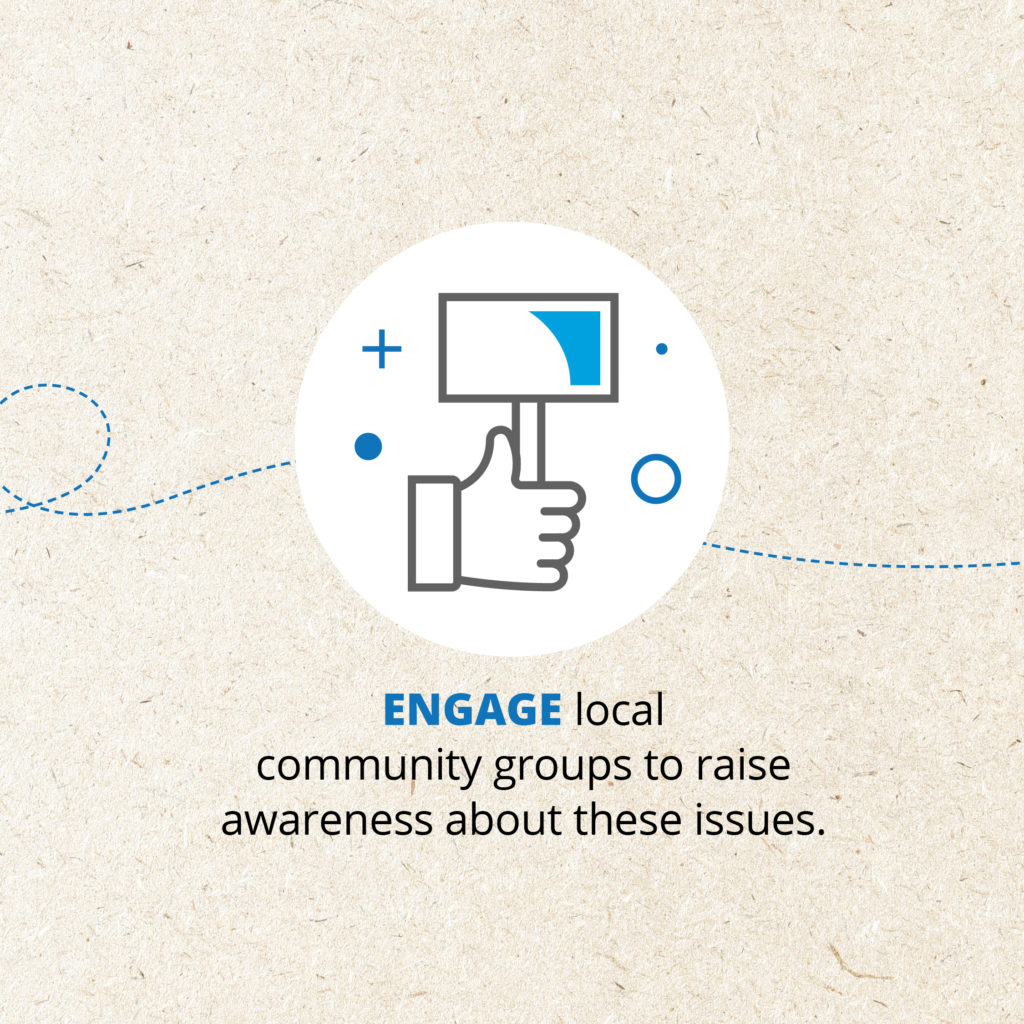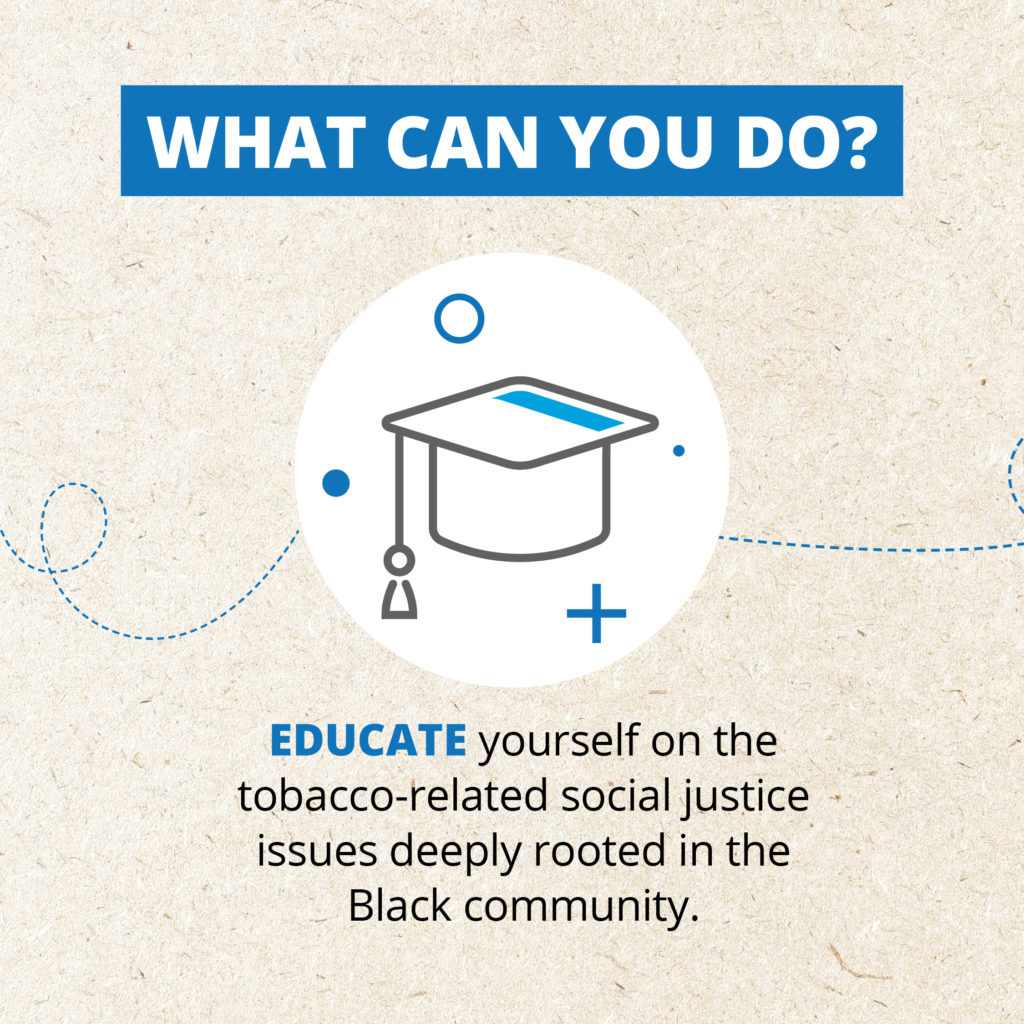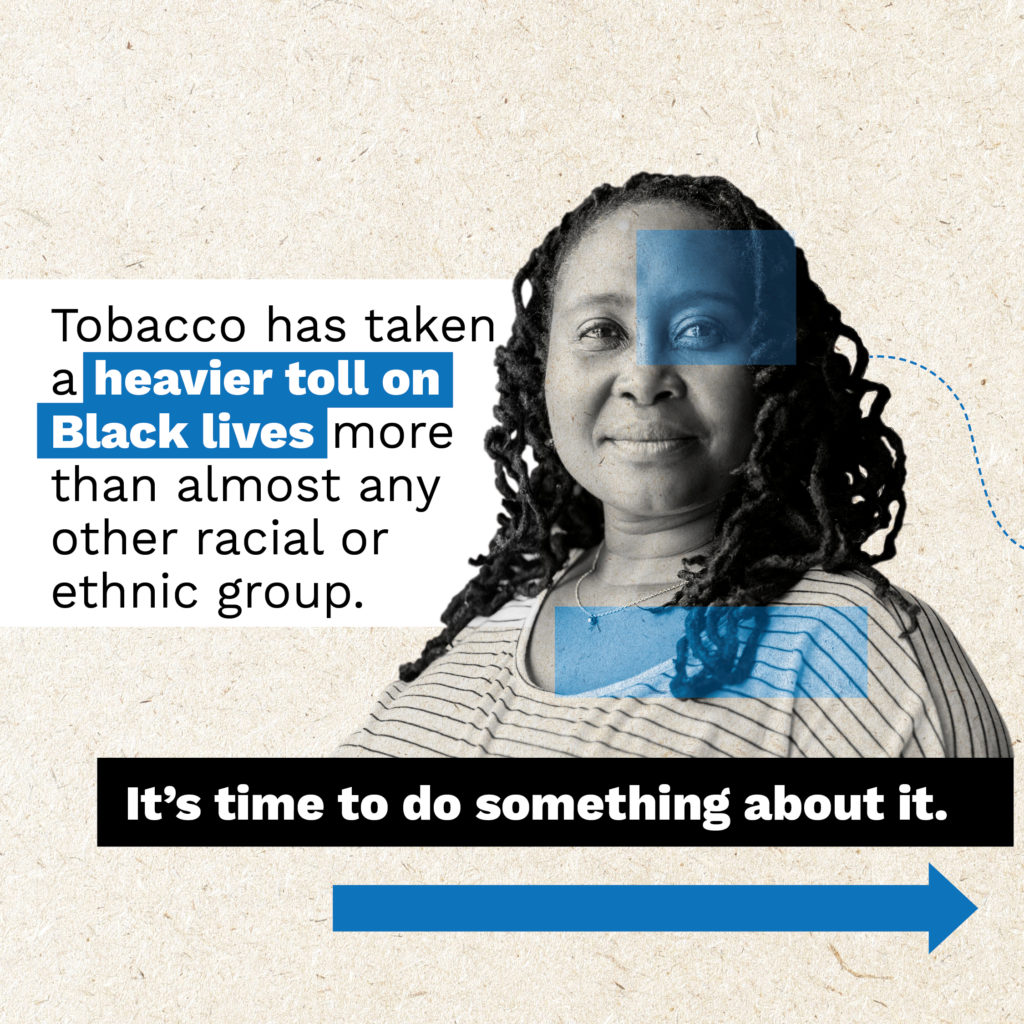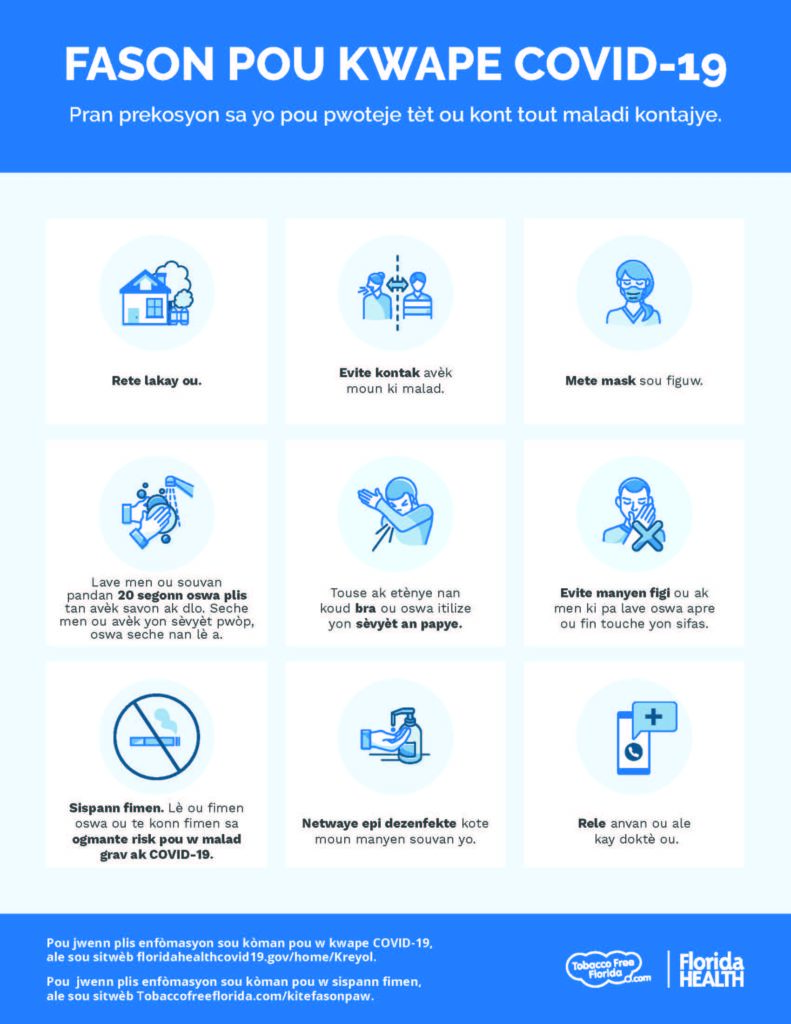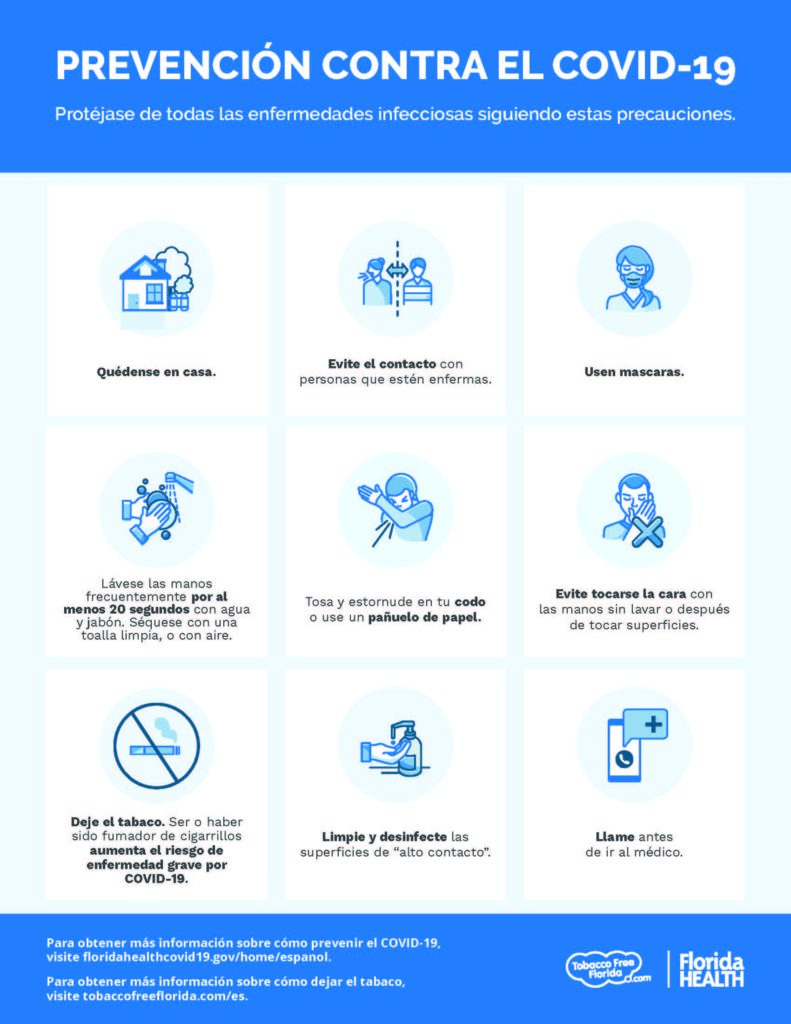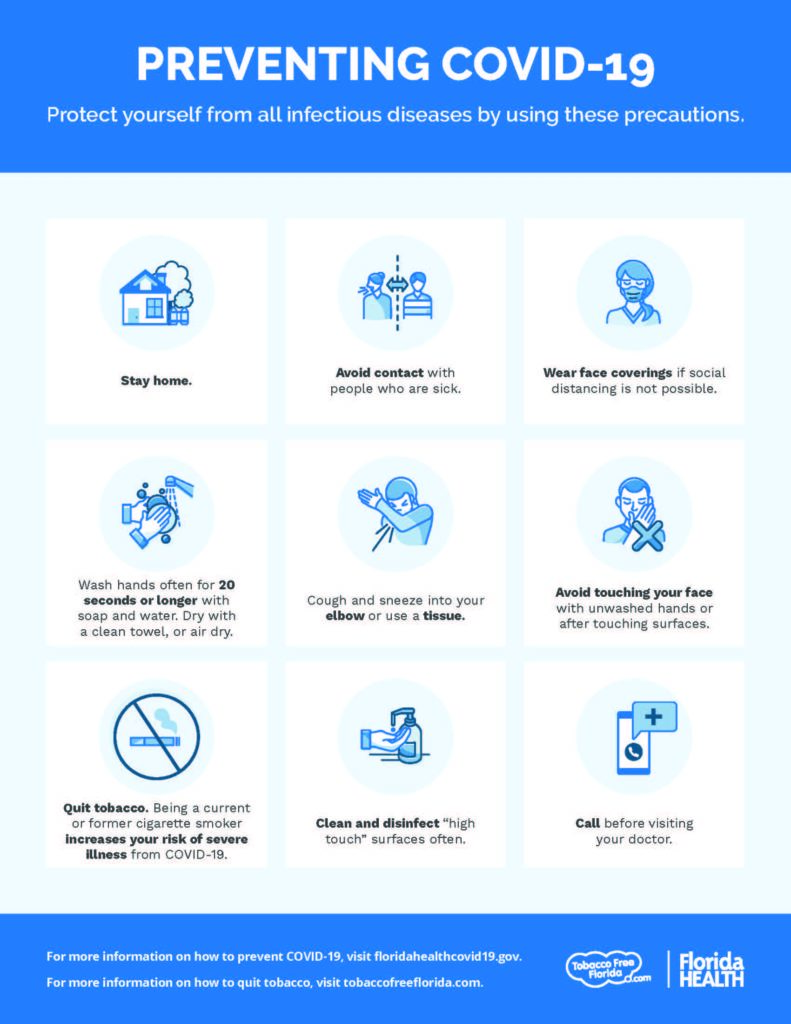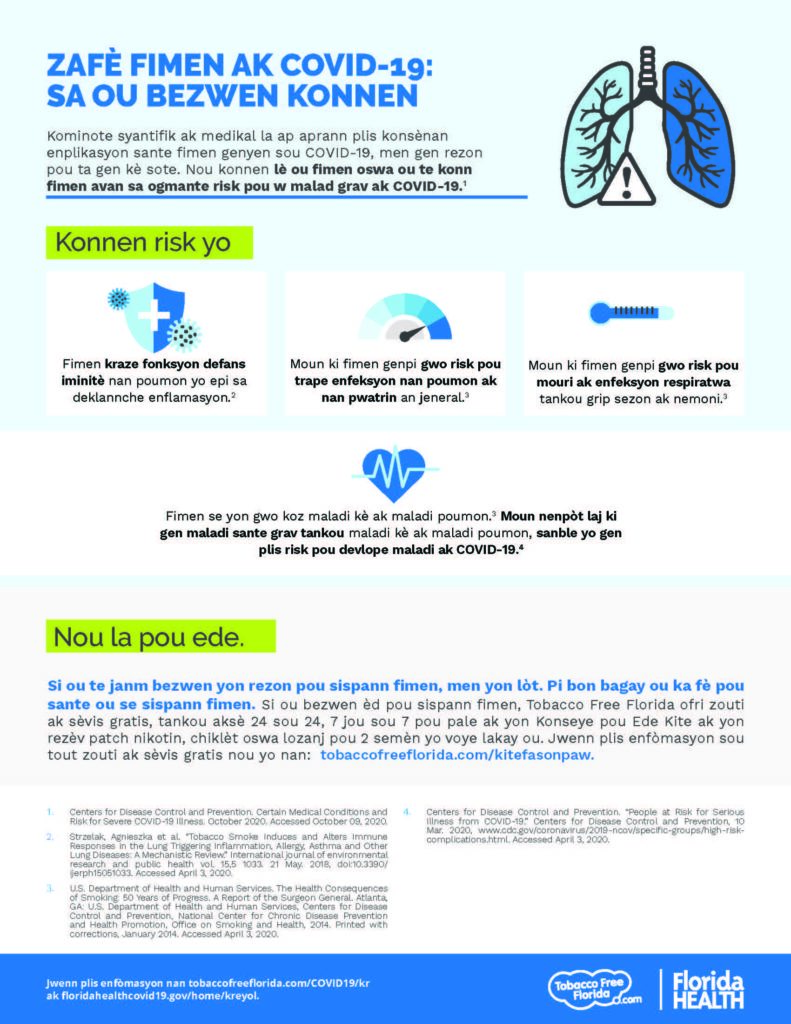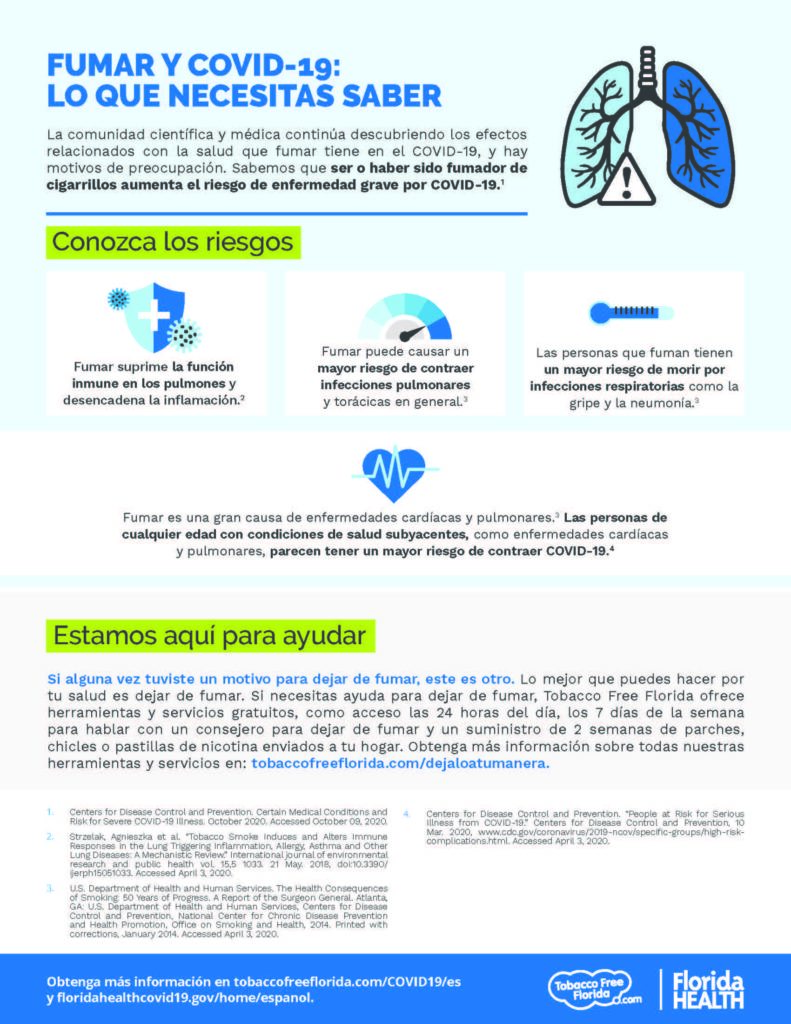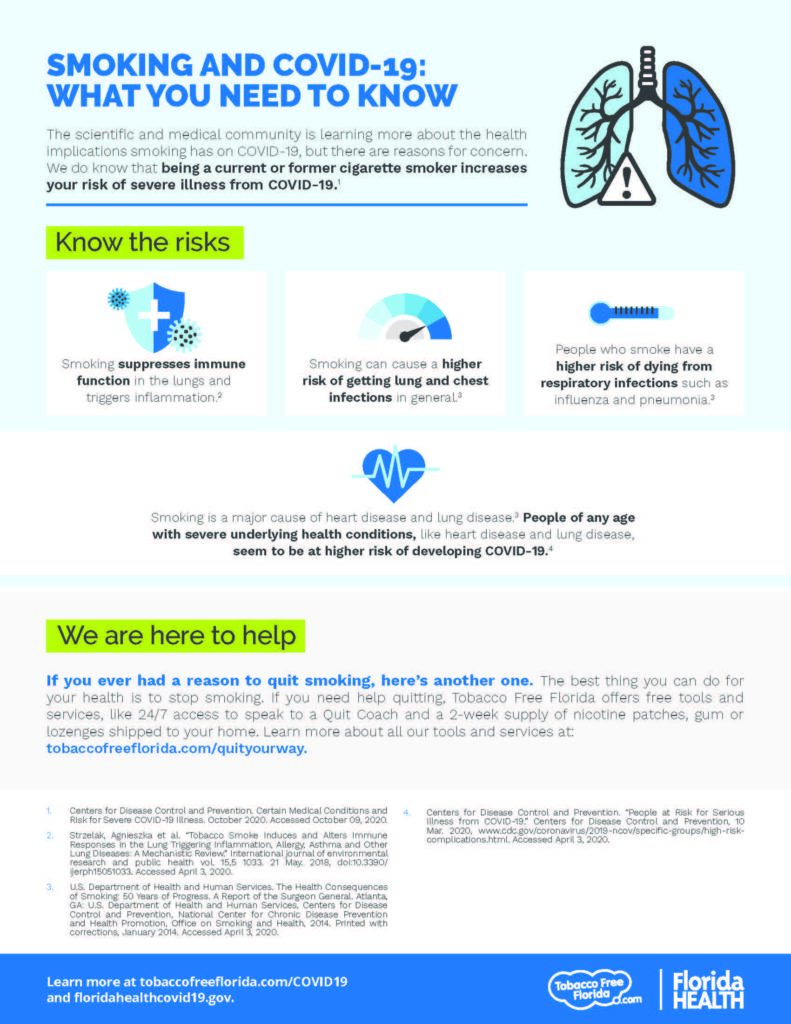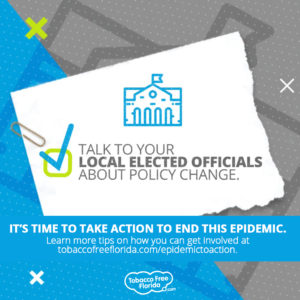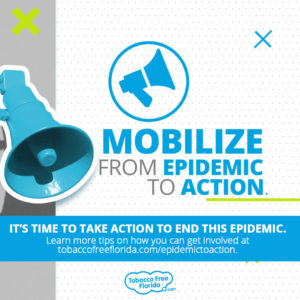No Smoke, No Mirrors, Just Progress
In November 2006, Florida voters overwhelmingly approved Amendment 4, establishing a comprehensive tobacco education and use prevention program. Further defined under Florida Statutes, the Bureau of Tobacco Free Florida’s (BTFF) goals include reducing tobacco use, reducing exposure to secondhand smoke, and enforcing the Florida Clean Indoor Air Act.
The amendment instructs the state to create an advertising campaign, programs to educate youth about the dangers of starting to smoke, and community-based outreach to help people quit. It also clearly outlines how the program will be publicly evaluated to ensure effectiveness.
Under this legislative structure, BTFF must follow the Centers for Disease Control and Prevention (CDC) Best Practices for Comprehensive Tobacco Control Programs. This guide helps state programs plan and establish evidence-based comprehensive programs in several areas: 1, 2, 3
- State and Community Interventions
- Health Communication Interventions
- Cessation Interventions
- Surveillance and Evaluation
- Administration and Management
By any measure, BTFF has been highly successful as an independently audited public health campaign. The program has significantly decreased smoking rates among both adults and teens in the state, saving Floridians billions of dollars in medical expenses.
Results
Consider:
- In 2006, the adult smoking rate was 21 percent. As of 2019, it stands at 14.8 percent. 4
- The youth smoking rate has decreased from 6 percent in 2006 to just 2.2 percent in 2017 – an astounding decrease of more than 75 percent. 5, 6
- Floridians have saved $11 billion in personal health care costs since the tobacco program’s beginning. 7 8, 9
- The program has saved the state $3.2 billion annually in health care costs, resulting in an estimated $17.7 billion saved as a result of fewer adults smoking. 10
- More than 234,000 Floridians have quit tobacco using BTFF services.
- Additionally, countless more Floridians have been inspired by the hard-hitting ads and consistent messaging to quit on their own, seeking help from their loved ones, health care providers and others.
There is another important way to ensure and confirm the continued effectiveness of BTFF’s operations — the many ways in which Tobacco Free Florida’s programs come under a variety of levels of independent oversight. These include:
The Tobacco Advisory Council (TAC)
Section 381.84(4) of Florida Statutes created the Tobacco Education and Use Prevention Advisory Council in 2007. Now known as the Tobacco Advisory Council, or TAC, it consists of approximately two dozen members, with the state surgeon general serving as chair.
Other council members include:
- One county health department director, appointed by the state surgeon general.
- Two appointees by the Commissioner of Education, one of whom must be a school district superintendent.
- Leadership or handpicked representatives of the state’s chapters for the American Cancer Society, the American Heart Association and the American Lung Association.
- The deans of the colleges of medicine at top Florida schools.
- The CEO of the Campaign for Tobacco Free Kids.
- The CEO of Truth Initiative (formerly American Legacy Foundation).
- Four appointees by the Governor, of whom two must have expertise in the field of tobacco use prevention, education or cessation and one who must be between the ages of 16 and 21 at the time of appointment.
- Two appointees by the Senate President, of whom one must have expertise in the field of tobacco use prevention, education or cessation.
- Two appointees by the Speaker of the House, of whom one must have expertise in the field of tobacco use prevention, education or cessation.
TAC meets quarterly – twice each year in-person and twice via conference call. Its duties include, but are not limited to, advising the state surgeon general on the direction and scope of the program, reviewing creative materials, assessing the awarding of contracts and recommending policies that encourage a coordinated public/private response to tobacco use across the state.
These meetings are open to the public, and all minutes and documents presented are public record. Upcoming meetings and the materials from past meetings are available on the Florida Department of Health website.
Contracted Independent Evaluators
By statute (a written law that is formally created by a government), an independent evaluator assesses BTFF for value, efficiency, and effectiveness. This occurs throughout the year, and the evaluator issues multiple public reports on the campaign annually.
Since 2011, BTFF has retained RTI International (RTI) to monitor and assess all of the Bureau’s programs, with a specific emphasis on health communications efforts.
RTI is a globally-respected evaluation group, known for its experience in the tobacco control area. It is a nonprofit research institute, with experts holding more than 250 degrees in scientific, technical and professional disciplines.
On a yearly basis, RTI compiles an independent evaluation report, which it presents to BTFF and to the TAC.
Another top independent agency, Professional Data Analysts, Inc. (PDA), is contracted to focus its expertise on evaluating the efficiency and BTFF’s quit services. PDA provides annual reports, including a presentation to the TAC. PDA makes recommendations to the Florida Department of Health regarding how to constantly reassess and adjust its quit services to help the most people across the state.
Executive and Legislative Reviews
As part of the Florida Department of Health, BTFF is directly answerable to the office of the State Surgeon General and the Executive Office of the Governor. The bureau also regularly undergoes internal reviews and issues reports to the state surgeon general.
The oversight from the office of the governor includes selection of the bureau’s leadership, approval of contracts and review of all BTFF marketing.
Because the Florida Legislature appropriates tobacco trust funds annually to BTFF, BTFF is subject to the review and oversight of the state’s legislative branch.
As with any state government entity, BTFF meetings, contracts and records are subject to all applicable “Sunshine Laws” for disclosure and openness. Notices are typically posted here.
Lastly, Tobacco Free Florida has been successful in implementing its mandate from the Florida voters to help address the public health epidemic of deadly tobacco use. Its success is dependent on the rigorous, ongoing and productive oversight of every aspect of BTFF’s operation.
When it comes to independent oversight and responsibility, BTFF continuously works to operate in line with the CDC’s Best Practices for Comprehensive Tobacco Control Programs. There is, however, one element where BTFF is not yet aligned with these guidelines: its recommendation that Florida fund tobacco control at $194.2 million annually. In FY17-18, BTFF received approximately $69 million, or about 1/3 of what is recommended. 11
Despite this gulf, BTFF continues, year after year, to make progress against the addictive and deadly properties of nicotine. Lives are being saved thanks to the thorough, and rigorous, state mandated layers of oversight.
1 381.84, Florida Statutes. Retrieved from https://www.leg.state.fl.us/Statutes/index.cfm?App_mode=Display_Statute&URL=0300-0399/0381/Sections/0381.84.html
2 Centers for Disease Control. (2014). Best practices for comprehensive tobacco control programs. Retrieved from https://www.cdc.gov/tobacco/stateandcommunity/best_practices/index.htm
3 While the CDC Best Practices delineate 5 program areas, the Florida Legislature allocates TFF funding in the GAA across 7 categories.
4 Centers for Disease Control and Prevention, National Center for Chronic Disease Prevention and Health Promotion, Division of Population Health. BRFSS Prevalence & Trends Data [online]. 2015. [accessed Oct 09, 2020]. URL: https://www.cdc.gov/brfss/brfssprevalence/
.5 Florida Youth Tobacco Survey (FYTS), Florida Department of Health, Bureau of Epidemiology, 2006.
6 Florida Youth Tobacco Survey (FYTS), Florida Department of Health, Bureau of Epidemiology, 2018.
7 Weaver, E., Mann, N., Nonnemaker, J., Loomis, B., & Trogdon, J. (2009). The health and economic burden of smoking in Florida: Statewide summary. Prepared for the Florida Department of Health, Bureau of Tobacco Free Florida.
8 Research Triangle International. (2017). RTI Economic Burden Report Highlights: Cost-Effectiveness of BTFF.
9 Florida Department of Health, Public Health Research. (2017). Florida Youth Tobacco Survey and/or Behavioral Risk Factor Surveillance System. [Data sets].
10 Mann, Nathan M., Nonnemaker, James M., Thompson, Jesse. “Smoking-Attributable Health Care Costs In Florida and Potential Health Care Cost Savings Associated with Reductions in Adult Smoking Prevalence.” 2016.
11 Centers for Disease Control. (2014). Best practices for comprehensive tobacco control programs. Retrieved from https://www.cdc.gov/tobacco/stateandcommunity/best_practices/index.htm


